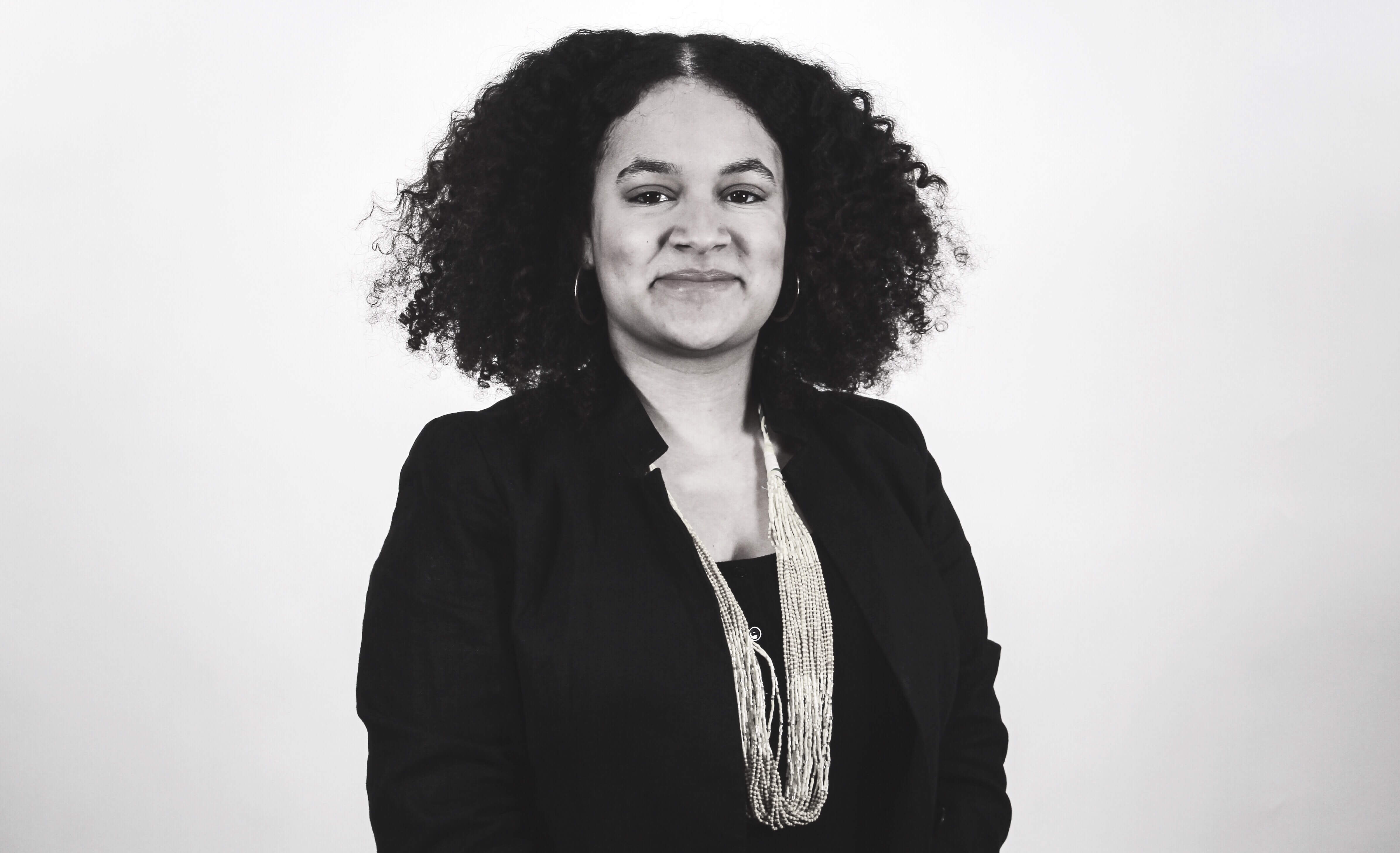Book Review: Birth of a Movement: Black Lives Matter and the Catholic Church
In Birth of a Movement: Black Lives Matter and the Catholic Church, Olga M. Segura documents how Alicia Garza, Patrisse Cullors, and Opal Tometi “created a decentralized community of activists who stand in solidarity with the rallying cry, ‘Black Lives Matter,’ and center the lived experiences of society’s most vulnerable, Black transgender and queer women and men.” That focus came about after the leaders of the movement realized how invisible LGBGTQI people were—despite their contributions to the 2014 Ferguson protests, as BLM first came to national attention. Never again, they vowed, would they repeat that omission.

Notice the word “center” in that paragraph. Segura uses this book to recenter Catholic readers, to immerse us in the world of BLM, and to suggest what Black women’s leadership might create in our church. It’s a decentralized model for the 21st century. These three women organized Black Lives Matter on social media in 2013, and it has many different manifestations and an open, local leadership. Recentered and decentralized is what a movement created and led by women looks like.
Segura’s Catholicism is not the lockstep experience of earlier generations. Like many other immigrants, her family carried deep traditions from the Dominican Republic. She appreciates the evangelical Riverside Church in New York as much as the Jesuit influence of Fordham University and at her former job at America magazine. Now an editor at the National Catholic Reporter, she draws on example after example from her own development as a Black Catholic.
It’s important to Segura that the founders of BLM have strong faith backgrounds: Patrisse Cullors grew up in a religious home; Opal Tometi identifies as Christian, and Tarana Burke, who created “Me, Too,” was raised Catholic. Religion is not antithetical to BLM, Segura insists; “it is the secular version of our Catholic social justice teaching,.” BLM just takes the teaching further.
Segura demonstrates the point by reading several Catholic documents through a Black lens. She finds many similarities between Laudato Si, Pope Francis’s environmental encyclical, and BLM–including criticism of profit, consumerism, and individualism. At the same time, however, she contends that Francis could have been more sensitive “to effects of climate change and capitalism on marginalized ethnic groups” beyond “indigenous communities.” BLM, with its wider focus, is conscious of “a global Black family” that is different in different parts of the world.
Another critique of Laudato Si from Segura is one that many in the WOC community have made:
[There is] no mention of the ways gender intersects with issues like global warming. The only explicit mention of gender in the entire document is used to negate the very existence of transgender women, men, and children around the world.
Birth of a Movement devotes even more space to a critique of Open Wide Our Hearts, the pastoral letter published in 2018 by the United States Conference of Catholic Bishops (USCCB). Segura quotes Jesuit Bryan Massingale:
“Anything they say about race always has the comfort of white Catholics in mind.”
Segura suggests the bishops survey Black Catholics to find out what their issues are, instead of issuing platitudes deploring racism. An example: Segura comments, “There was no comment on capitalism and its role in the selling of Black women, men, and children.”

Segura draws on Tia Noelle Pratt and Shannen Dee Williams, who have documented the white supremacy underlying the Black Catholic experience, and on Nikole Hanna-Jones’s 1619 Project for the history of racism in the United States, from slavery to policing. Pratt’s moving “Forword” offers this summary: “As Segura rightly notes, it was the Catholic Church that introduced chattel slavery to what is now the United States.”
This racial capitalism is the key to Segura’s analysis, and gradually becomes more obvious throughout the book. Using the writings of Kelly Brown Douglas, Clarissa Brooks, and Cedric J. Robinson, as well as many interviews, she develops a theology of reparations for white Catholics, both bishops and laity. Her reparations agenda goes beyond the financial to the spiritual realm, inspired by M. Shawn Copeland, as well as the activist realm, inspired by Angela Davis.
Many Black names Segura mentions are well known; many, many more unfamiliar names are invoked, too–mainly those who have been killed, mostly at the hands of law enforcement. This book could be used to develop a litany, a very Catholic worship form.
Segura demonstrates how the insights of BLM and the leadership of women, specifically Black women, can be the means to create a genuine anti-racist transformation in the Catholic Church. It’s more than inspirational; it’s practical. Segura is the voice of a generation becoming aware at 9/11 and having experienced both the pandemic and the George Floyd revolution. What better way to tie them all together than through Black Lives Matter?
Olga M. Segura, Birth of A Movement: Black Lives Matter and the Catholic Church. New York: Orbis Books, 2020. 176 pages. ISBN 13: 978-1626984202; $20.00.

2 Responses
Excellent review, Regina! Hope it generates many more readers for what sounds like a truly important work!
CANON 1024 IS SEXIST, BECAUSE THE CHURCH IS PATRIARCHAL.
THE CHURCH IS PATRIARCHAL, BECAUSE CANON 1024 IS SEXIST.